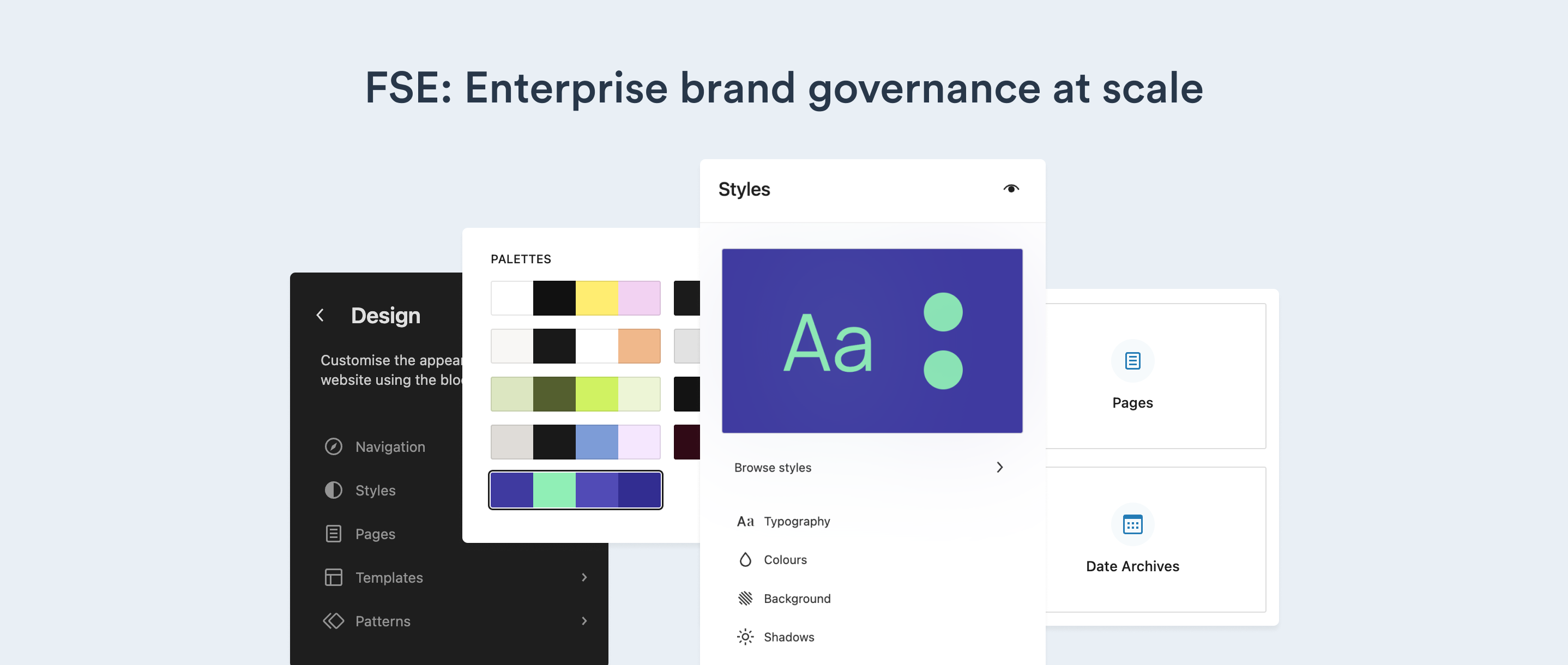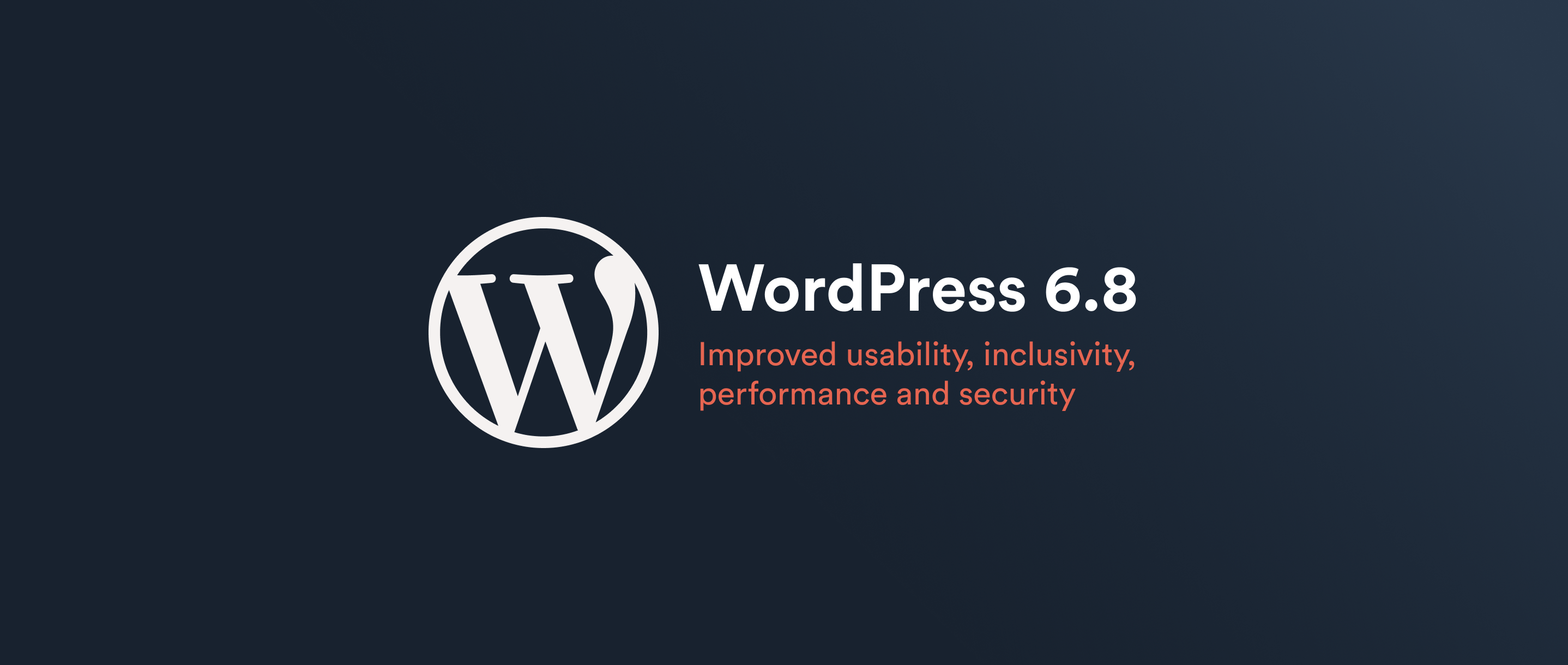Insights from our recent Newsrooms 2.0 webinar – delivered in partnership with WordPress VIP and featuring Tim Arbabzadah, Assistant Head of Digital at The Times and The Sunday Times – highlighted the critical tools and strategies shaping modern journalism. Drawing on those discussions and looking at wider industry trends, here we outline practical actions your newsroom can take to navigate key challenges and seize emerging opportunities this year and beyond.
Audit your workflows
Boring for some, but essential for all. A thorough audit of your newsroom’s workflows is the only way to identify friction points and inefficiencies, which is the first step towards eliminating them. By mapping the entire journey of a news story from ideation to publication, analysing the effort involved at each stage and unearthing any delays, you can pinpoint the cumbersome processes, unnecessary repetition, and redundant steps that need to be addressed. As part of the process, it’s also worth considering the scalability of your current systems and whether they handle the growing demands of your content output. Additionally, an audit of third party functionality – such as plugins and integrations – is recommended to ensure they’re essential, optimised, and performant.
Benchmark your efficiency
To truly enhance your newsroom’s productivity, it’s vital to go beyond simply understanding your workflows – you also need to meticulously record the time taken for every stage, from first draft to go live. By tracking metrics such as the number of clicks, editing turnaround time, and overall time to publish, you can establish a baseline for your current performance. This data-driven approach allows you to identify potential bottlenecks in specific tasks – such as the number of steps required for editorial review, or how long it takes to add an image to an article – enabling you to utilise available solutions such as MediaPress. Similarly, revisiting workflows for adding bylines or coordinating reviews might reveal opportunities for automation or simplification.
Benchmarking key actions not only helps you to set concrete, measurable goals for the future, but can also create a culture of continuous improvement within your newsroom, empowering your team to drive higher output and greater efficiency. Importantly, it can also help to uncover if your everyday systems – such as your organisation’s CMS – are holding you back.

Remove learning barriers
The early days for new hires are often a hidden drain on resources, which in turn can eat into your overheads, particularly if journalists need to get to grips with super-bespoke proprietary systems. To overcome this in 2025, identify how long it takes team members to fully grasp your systems and become productive, and look at ways to simplify the journey.
Implementing comprehensive training and one-on-one mentoring can minimise the learning curve, however user-friendly publishing tools are crucial to deliver major savings. By streamlining onboarding, it’s possible to enhance efficiency while also empowering editorial teams to hit the ground running and contribute to a newsroom’s success from day one.
Look, listen and learn
The best insights into improving operational efficiency often come from the people on the ground, making real-world discovery an essential part of plotting out your ideal workflows. By hosting feedback sessions with journalists, editors, and support staff – or shadowing teams where possible – you can uncover day-to-day pain points and opportunities for improvement.
This bottom-up approach instead of top-down mandates usually leads to the development of more effective publishing solutions, highlighting the importance of actively involving frontline users in shaping tools, workflows, software systems and processes.
Leverage AI
While the use of AI in journalism is being met with caution across the industry, the technology presents a powerful opportunity for newsrooms to improve efficiency in certain areas. By automating routine, time-consuming tasks such as data entry, transcription, content categorisation and optimisation, newsrooms can redirect more resources toward reporting, storytelling, and audience engagement. Although AI is unlikely to ever be successfully utilised as a substitute for human creativity or editorial judgment, it excels in handling repetitive processes, allowing teams to work more strategically and focus on producing high-quality journalism that stands out in a competitive market.

Stop the slop
In contrast to leveraging AI to improve efficiencies, digital newsrooms are encouraged to avoid relying on AI to generate audience-facing articles, not only from an ethical standpoint, but a strategic one too. As the internet becomes increasingly saturated with machine-generated content – now widely referred to as ‘AI slop’ – this poses two main issues. In addition to driving away readers who want news stories that inspire, inform and challenge, industry research shows a declining trust in news media, highlighting the importance of high-quality content that champions accuracy, relatability, and originality (traits not usually associated with AI).
As the volume of AI-generated content being published online continues to rapidly expand, there’s also some concern that its churned out copy will potentially contaminate learning language models, eventually leading to model collapse (insert Spiderman meme here).
Break free from CMS lock-in
As many editorial teams are now discovering first-hand, proprietary CMS systems can lock newsrooms into outdated workflows, ultimately stifling innovation, efficiency, and scalability. This means that for a growing number of enterprise brands and global publishers, now is the time to move across to open source solutions such as WordPress, giving them the agility to rapidly evolve functionality while also retaining the freedom to dictate their own development roadmap.
Additionally, as WordPress is supported by a global community of thousands of agencies and developers, newsrooms can steer clear of vendor lock-in too, with the option to switch providers without incurring the significant risks and costs typically associated with deplatforming.
Partner with experts
As a final recommendation for 2025, navigating the complexities of digital transformation is far easier with the right expertise, which means partnering with experienced providers is key. By relying on tried and tested agencies to do the heavy lifting when it comes to streamlining workflows, optimising tools, and aligning operations with industry best practices, your newsroom can implement new and improved ways of working for impactful change.
More than merely delivering short-term solutions, strong partnerships can future proof your publishing tools for years to come, allowing you to more easily engage, innovate, and scale in an ever-changing landscape.
Download Newsrooms 2.0 and learn how WordPress is enhancing editorial efficiency.
1 https://www.edelman.com/sites/g/files/aatuss191/files/2023-03/2023%20Edelman%20Trust%20Barometer%20Global%20Report%20FINAL.pdf
2 https://reutersinstitute.politics.ox.ac.uk/journalism-media-and-technology-trends-and-predictions-2025



